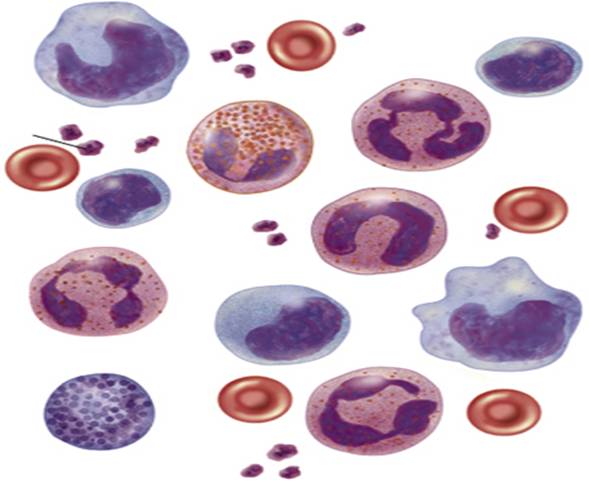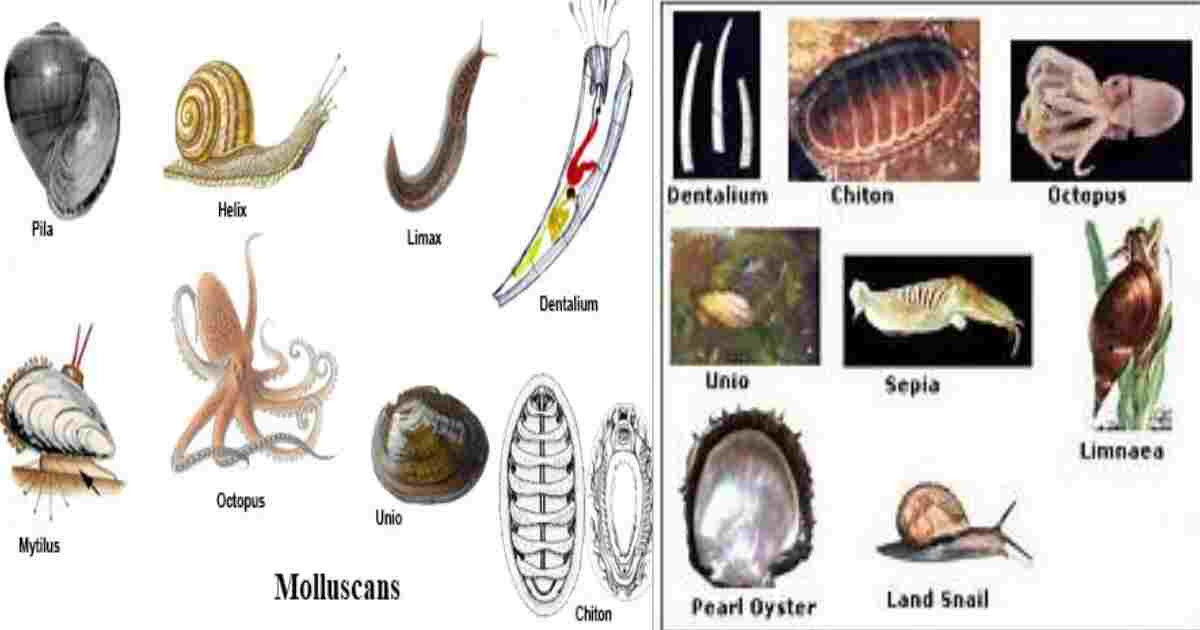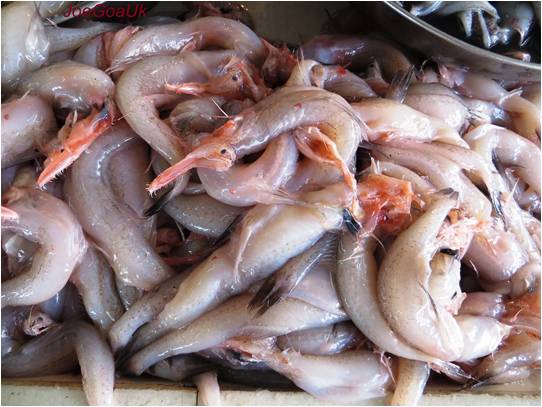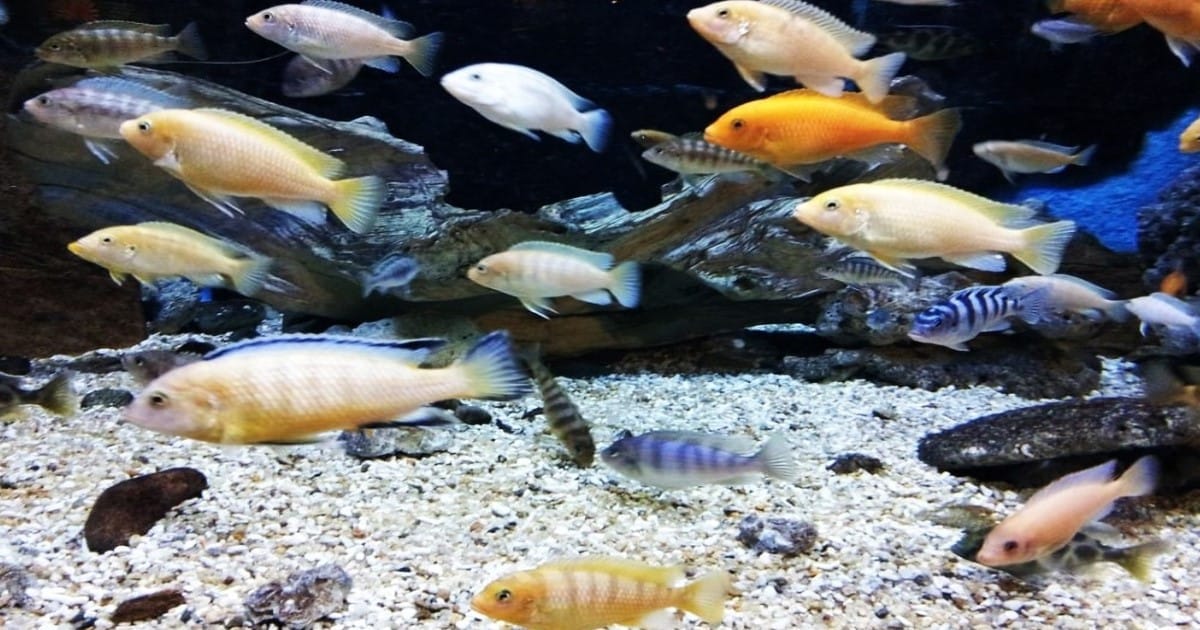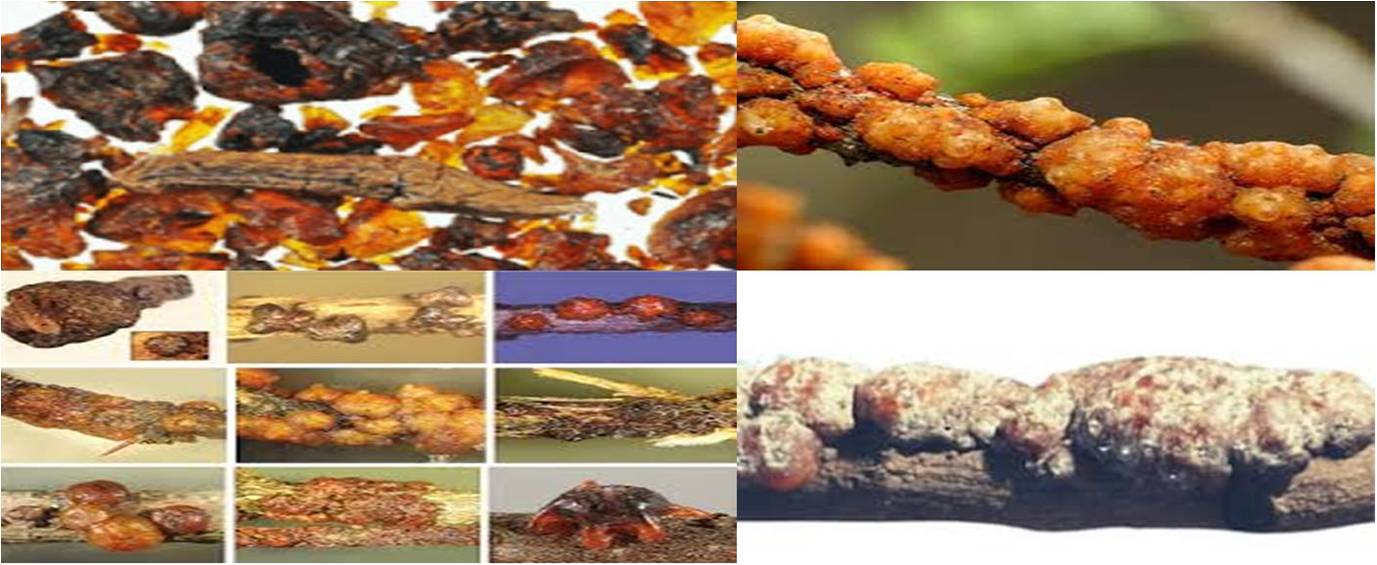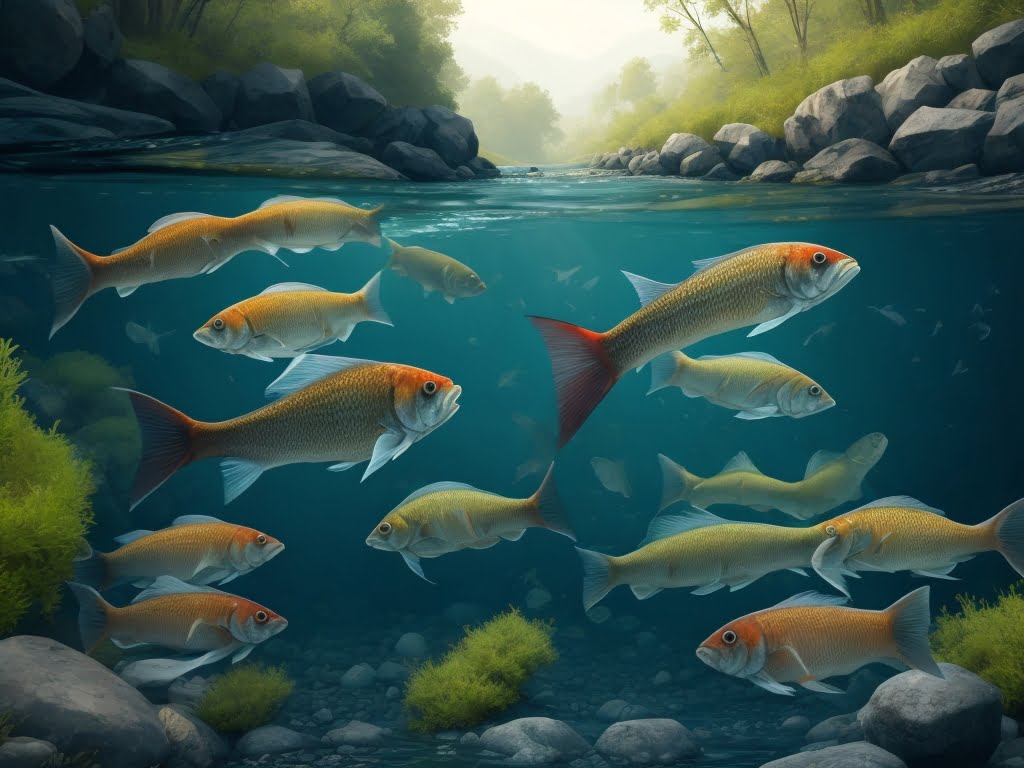Edible Freshwater Exotic Fishes: The exotic fishes are those fishes they are not found in native water resources. In India several types of exotic fishes was introduced for various purposes like large aquaculture production, quality of fishes etc. there are several exotic fishes was introduced in India, Before independence during the period 1870-1947, under the British policy, 9 species of exotic fishes were introduced. They are temperate species Tinca tinca, Carassius carassius, Cyprinus carpio (European strain), and the tropical species are Osphronemus goramy, The salmonid game fishes, the brown trout and the rainbow trout and larvicidal Gambusia affinis and Lebistes reticulatus. After independence, India witnessed introductions of 8 exotic species. They are the cyprinids, Cyprinus carpio, (Chinese strain), Ctenopharyngodon idella, Hypophthalmicthys molitrix, Puntius javanicus, and the cichlid, Tilapia mossambica, all of food species and the salmonids, Salvelinus fontinalis, Onchorhyncus nerka, and Salmo salar.
Edible Freshwater Exotic Fishes
Some of the edible freshwater exotic fishes commonly used as food purpose and aquaculture purpose are as follows-
- Cyprinus carpio(Common carp)
- Hypothalamichthyes molitrix (Silver carp)
- Ctenopharyngodon idella (Grass carp)
- Oreochromismossambicus (Tilapi)
Importance and Identification Characters
1. Cyprinus carpio (linn.) 1758
B.3; D. 3-4 /17-23; P.19; V.9; A. 2-3/ 5-6; C. 3/17-19 L.I.35-37; Barbels 4.
Popular names : Cyprinus, common carp, exotic carp.
Local names : Cyprinus
Environment : Benthopelagic, non migratory, freshwater, brackish, ph range 7- 7.5 ; dh range 10.0-15.0.
Climate : Temperature ; 3 -320c; 600N-400N
Dangerous : Potential pest.
Characters :
- Body compressed and stout; head triangular.
- Snout obtusely rounded, mouth oblique protrusible and small, lips fleshy.
- Barbels two pairs rostral as long as maxillary.
- Dorsal fin inserted at mid point of the length; dorsal spine stout serrated.
- Anal fin trapezoidal in shape.
- Pectoral fin large.
- Caudal fin deeply emarginated.
- Scales are large; lateral line scales 30 t0 40.
- There are three varieties;
- C. Carpio communis – It is commonly called carp owing to the presence of regularly arranged rows of scales.
- C. Carpio nudus -It is commonly called leather carp owing to the general lack of scales.
- C. Carpio specularis – It is commonly called mirror carp it is characterized by the presence of few scales arranged in an irregular pattern or just scattered.
Remarks : It grows up to a length of 120 cm. SL. Maximum published weight 37.3 kg. And maximum reported age 47 years.
Importance : fishes; highly commercial; aquaculture; commercial; brackish ; pH range 7.0 – 7.5 ; dh range 10.0 15.0
2. Hypothalamichthys molitrix (Valenciennes) 1844
- 6-7 (3/3-4); P. 10; A. 10-14 (3/7-11); V-9; C. 18; L.I. 110 – 115.
Local names : Silver carp
Environment : Benthopelagic, Potamodromous, freshwater, depth range o-20 m.
Climate : Temperate – 6 – 280C, 640N – 430S.
Dangerous : Potential pest.
Characters :
- Body stout, compressed, Abdomen strongly compressed with a sharp keel from breast to vent.
- Head moderate, snout bluntly round.
- Mouth anterior, large, wide, cleft not extending to anterior margin of eye.
- Eyes rather small, anterior, sub inferior, visible from below ventral surface.
- Upper jaw a little protruded upward a little longer than the lower.
- Barbels are absent.
- Keels extend from isthmus to anus.
- Dorsal fin inserted behind pelvic fins, or above lip of pectorals fins with 10 rays.
- Anal fin with 14-17 rays (12-14 branched)
- Caudal fin is forked.
- Scales minute, lateral line de curved, continuous with 110-115 scales.
Remarks : It grows up to 105 cm in length.
Importance : Fisheries: commercial; aquaculture : commercial.
3. Ctenopharyngodon idella (Valenciennes) 1844
Popular names : Grass Carp
Local names : Gavtaya, grass carp
Environment : Demersal, potamodromous, freshwater, depth range 0-30 m.
Climate : Tamperate, 0-350c, 650N – 250N.
Characters :
- Body moderately elongate, subcylindrical anteriorly and compressed posteriorly.
- Abdomen rounded; head depressed and flattened; Snout obtusely rounded.
- Mouth terminal, cleft not extending to anterior margin of eyes.
- Eyes large, lateral, in anterior part of head, may or may not be just visible from below ventral surface.
- Upper jaw slightly longer than lower jaw and protractile.
- Barbels are absent.
- Dorsal fin inserted slightly ahead of pelvics nearer tip of snout than caudal base, with 10 rays 7 branched and without a spine.
- Caudal fin well forked.
- Anal fin short, with 10 rays, eight (8) branched.
- Scales large, cycloid; lateral line continuous, slightly decurved, with 40-42 scales.
Remarks: It grows up to 150 cm in the length.
Importance: Fisheries: minor commercial; aquaculture: commercial, game fish: yes.
4. Oreochromis mossambicus (Peters, 1852)
B.6; D.15+17|10-13; P.15; V.6(1/5); A.3|7-12; C.16; L.I. 18-21; L.tr. 10-15.
Popular name : Thilapia, Tilapi
Local names : Tilapi
Environment : benthopelagic, amphiodromus, freshwater, brackish, depth range 10m
Climate : Tropical 8-24oC; 13oS-35oS
Dangerous : potential pest
Characters :
- Body short, more or less elongate abdomen rounded.
- Head compressed, with concave upper profile.
- Mouth terminal, large at least ¾ width of head or often nearly as wide head.
- Dorsal fin inserted above base of pectoral, with 15 or 16 spines and 10 or 11 rays.
- Anal fin with 3 spines (rarely four), third spines a little longer than the dorsal.
- Caudal fin rounded, may be truncate in the young.
- Scales are cycloid.
- Lateral line incomplete, upper one with 18-21 and lower one with 10- 15 scales.
Remarks : It grows upto 39.0cm in length. The fish is reported to be unsuitable for culture along with major Indian carps, because of its depredation on carp fry.
Importance : Fisheries: highly commercial; aquaculture: commercial; game fish: yes; aquarium: commercial.

